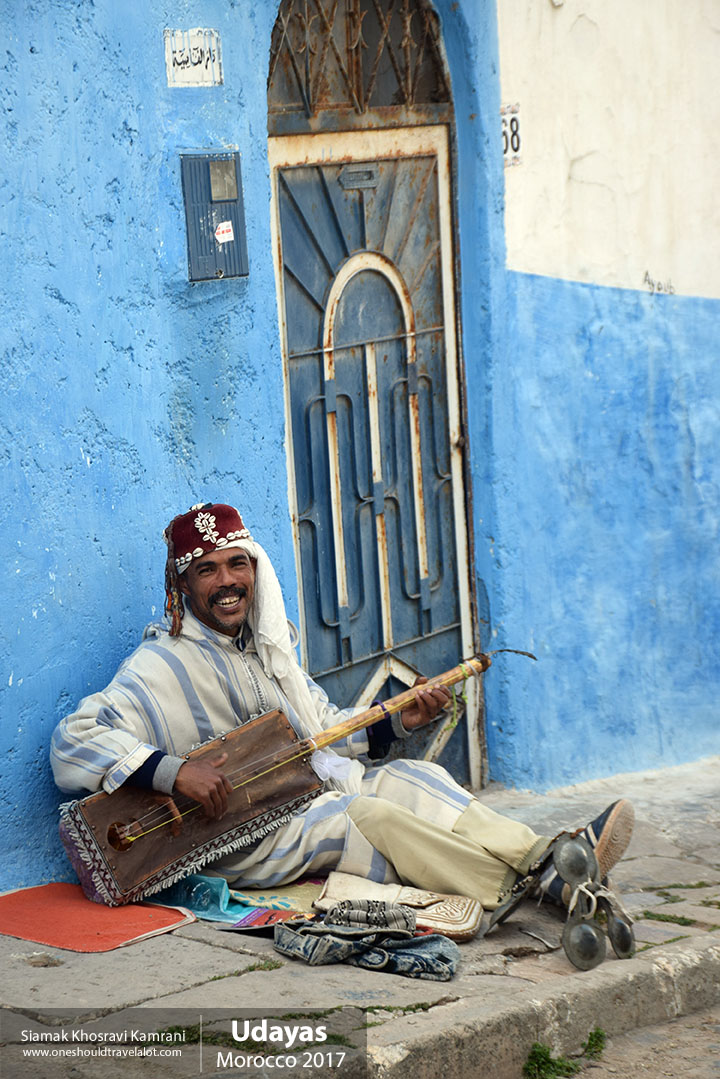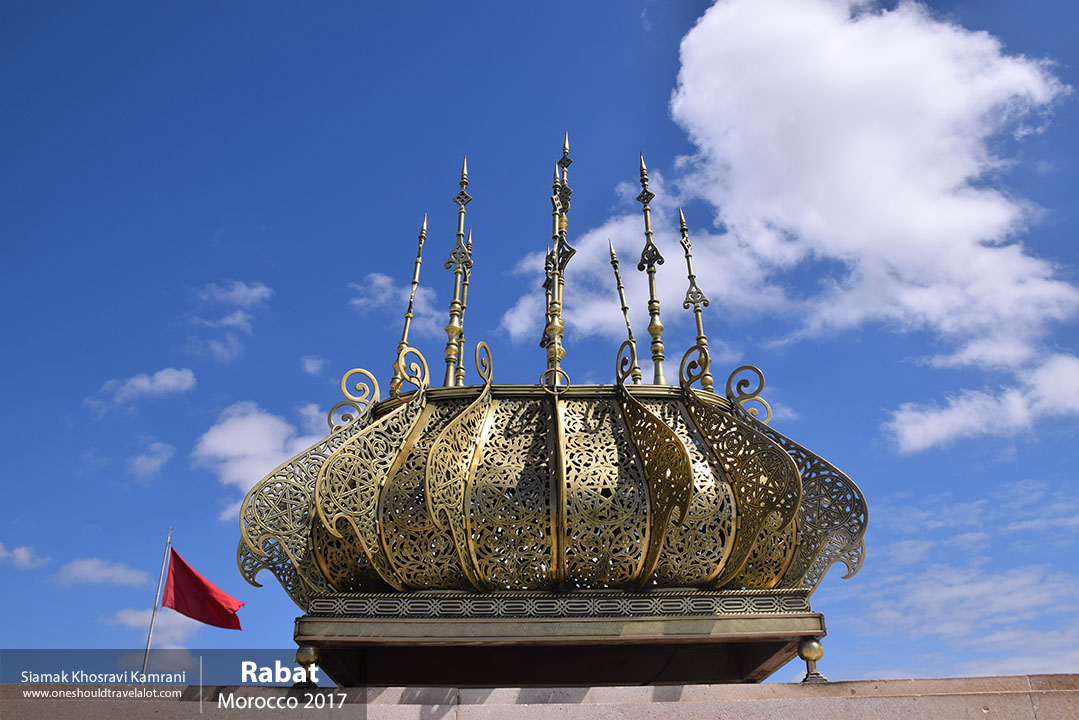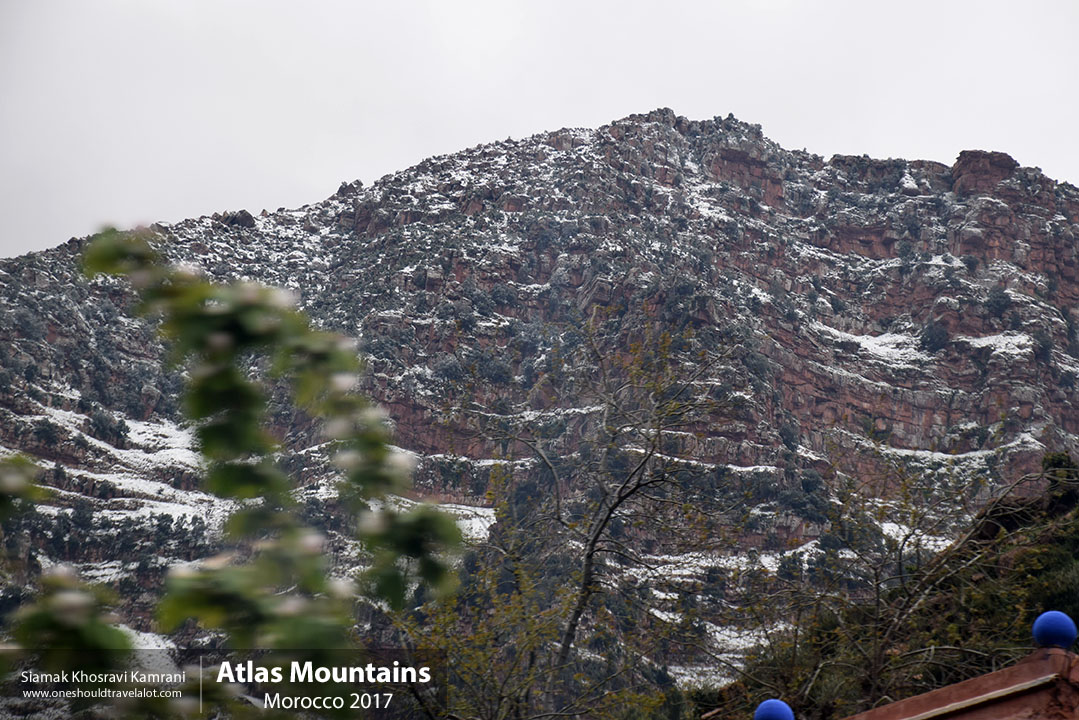Exploring Marrakech: A Photographer’s Journey
Stepping off the plane in Marrakech, the first thing that hit me was the warmth. Not just the desert sun but the welcoming atmosphere of a city brimming with life and color. As a young photographer, I was eager to capture the essence of this vibrant Moroccan city, known for its rich culture, intricate architecture, and bustling markets. Little did I know, Marrakech would offer me much more than just picturesque scenes; it would provide a deep dive into a world where tradition and modernity blend seamlessly.
First Impressions: A Kaleidoscope of Sights and Sounds
Arrival in the Red City
From the moment I arrived, Marrakech felt like stepping into a different era. The city’s nickname, the “Red City,” becomes evident as you traverse its streets lined with buildings in various shades of terracotta. The city’s signature color stems from the natural clay used in its construction, which glows warmly under the North African sun.
Navigating the Medina, Marrakech’s historic center, was like wandering through a labyrinth. Narrow alleys opened into bustling squares, and each turn revealed something new—be it a hidden riad (traditional Moroccan house), a lively souk (market), or an ornate mosque.
The Heartbeat of Marrakech: Jemaa el-Fnaa
A Vibrant Marketplace
My first major stop was Jemaa el-Fnaa, the main square and the beating heart of Marrakech. It’s an overwhelming feast for the senses. The air is filled with the aroma of spices and the sound of musicians playing traditional Gnawa music. Snake charmers, storytellers, and henna artists vie for attention, creating a scene straight out of an Arabian Nights tale.
As a photographer, Jemaa el-Fnaa was a dream come true. Every corner presented a perfect shot. I captured the vibrant chaos of the market, the vivid colors of the stalls, and the expressive faces of the people. Yet, beyond the lens, I immersed myself in conversations with locals, learning about their lives and traditions.
Delving into History: The Palaces and Gardens
Bahia Palace: A Glimpse into Royalty
A visit to the Bahia Palace was next on my itinerary. This 19th-century palace, built for the Grand Vizier of Marrakech, is an architectural marvel. Its name, meaning “Brilliance,” is fitting. Intricate mosaics, painted ceilings, and lush gardens create an atmosphere of opulence and tranquility.
Walking through the palace, I felt as if I had traveled back in time. The courtyards, with their serene fountains and orange trees, offered a peaceful retreat from the city’s hustle and bustle. I spent hours photographing the detailed tile work and ornate carvings, marveling at the craftsmanship.
Majorelle Garden: A Botanical Oasis
For a touch of modernity, I headed to the Majorelle Garden, a botanical oasis designed by French painter Jacques Majorelle and later owned by fashion designer Yves Saint Laurent. The garden is a riot of colors—vivid blues, greens, and yellows—contrasting beautifully with the diverse flora.
The garden provided a perfect setting for nature photography. The interplay of light and shadow among the exotic plants and the striking cobalt blue structures made for stunning images. The Berber Museum within the garden offered further insights into Morocco’s indigenous culture, adding depth to my understanding of the region.
Embracing Local Culture: Traditions and Hospitality
The Art of Moroccan Cuisine
No visit to Marrakech would be complete without indulging in its culinary delights. Moroccan cuisine is a reflection of the country’s diverse cultural influences. I joined a local cooking class to learn the secrets behind traditional dishes like tagine and couscous.
The experience was as much about the people as it was about the food. My instructor, Amina, welcomed me into her home with open arms. As we cooked, she shared stories of her family and the customs surrounding Moroccan meals. This personal connection added a new dimension to my appreciation of the cuisine.
Hammams: A Relaxing Ritual
After days of exploring, I treated myself to a traditional Moroccan hammam. These public baths are an integral part of Moroccan life, offering a space for both socializing and relaxation. The ritual involved a series of cleansing steps using natural products like black soap and rhassoul clay.
Emerging from the hammam, I felt rejuvenated. The experience was not just a physical cleanse but a cultural immersion, connecting me with a tradition that has been practiced for centuries.
The Soul of Marrakech: People and Perspectives
Conversations with Locals
Throughout my journey, it was the people of Marrakech who left the most lasting impression. From the vendors in the souks to the artisans in their workshops, everyone I met was eager to share their stories. Their warmth and hospitality turned strangers into friends.
One memorable encounter was with Mohammed, a skilled leatherworker in the souks. He invited me to his workshop, where I watched him craft intricate designs using age-old techniques. Our conversation spanned topics from the challenges of preserving traditional crafts to his hopes for the future. His passion and dedication were inspiring, and I left with not just photographs but a deeper understanding of the human spirit that drives Marrakech.
A Tapestry of Traditions: Festivals and Celebrations
The Rhythm of Festivals
Marrakech’s cultural calendar is rich with festivals that celebrate its heritage. During my stay, I was fortunate to witness the Moussem of Sidi Bel Abbès, a festival honoring one of the city’s seven patron saints. The celebration included music, dance, and religious ceremonies, providing a glimpse into the spiritual life of Marrakech.
Capturing the festival through my lens was a challenge due to the dynamic nature of the events, but it was also incredibly rewarding. The vibrant costumes, the rhythmic movements of the dancers, and the palpable sense of community and devotion created a series of powerful images.
Reflecting on the Journey: The Essence of Marrakech
A City of Contrasts
Marrakech is a city of contrasts. It balances tradition and modernity, tranquility and chaos, all within its ancient walls. My journey through Marrakech was more than just a photographic expedition; it was an exploration of a rich cultural tapestry woven with history, art, and human connections.
As I packed my camera and prepared to leave, I felt a profound sense of gratitude. Marrakech had welcomed me with open arms, offering not just its scenic beauty but also its soul. The memories and stories I gathered would stay with me, inspiring future adventures and reminding me of the incredible diversity of our world.
Practical Information for Travelers
Getting There
Marrakech is well-connected by air, with flights arriving at Marrakesh Menara Airport from various international destinations. The airport is located just a few kilometers from the city center, making it convenient for travelers.
Accommodation
The city offers a range of accommodations, from luxurious riads in the Medina to modern hotels in the newer parts of town. Staying in a riad provides a unique experience, combining traditional architecture with modern comforts.
Local Etiquette
Respecting local customs is important in Marrakech. Dressing modestly, especially in religious sites, and asking permission before photographing people are key aspects of cultural sensitivity.
Best Time to Visit
The best times to visit Marrakech are in spring (March to May) and autumn (September to November), when the weather is mild and pleasant. Summers can be extremely hot, while winters are cooler but still enjoyable.



